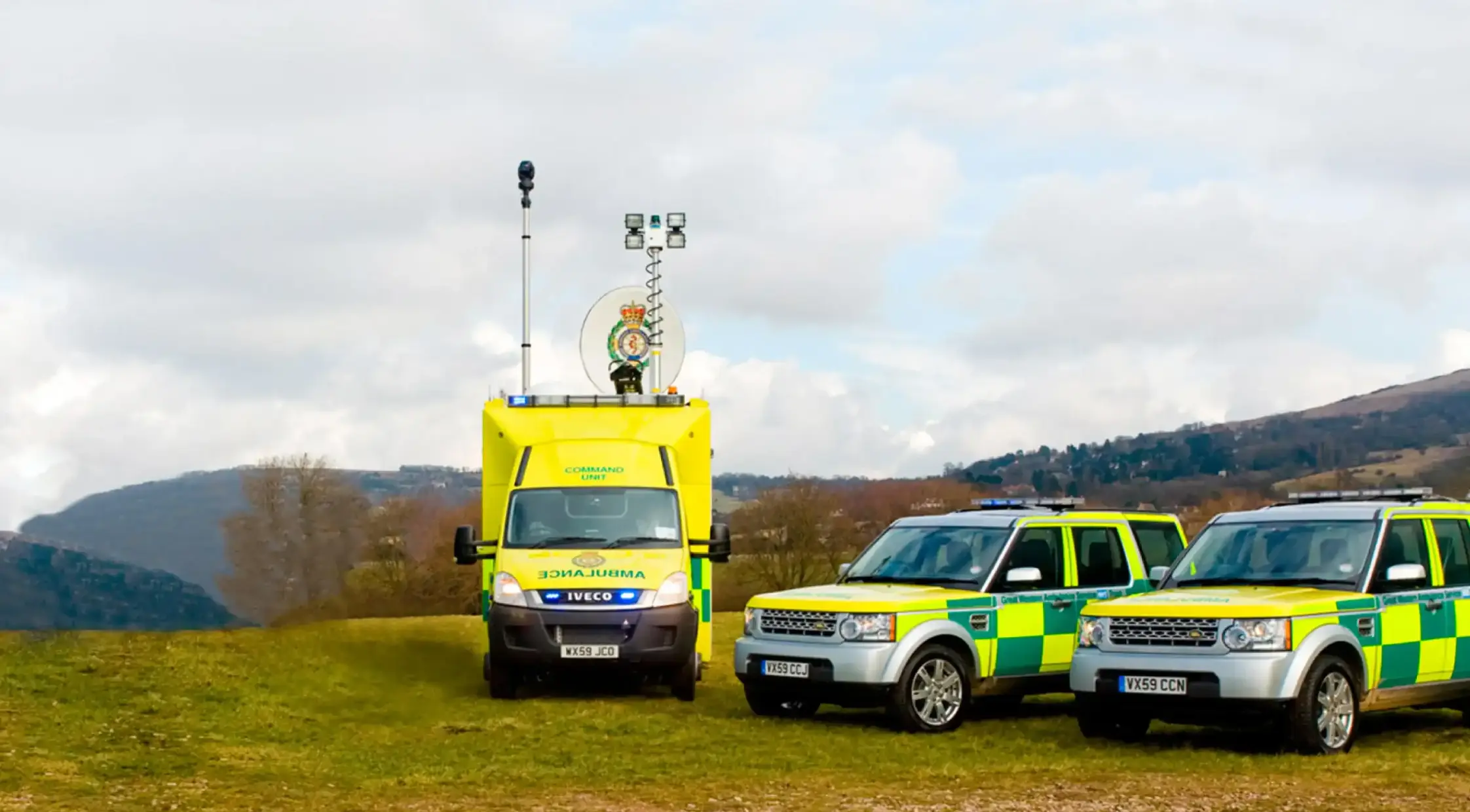Building advanced print POS and ERP solutions

Erbis has recently transformed a legacy POS software released more than ten years ago. Below, we'll trace app revamping and evaluate achieved results.
Challenge
Our client is an established German digital printing company with a national network of printing shops. It has been around for twenty years and gained a good reputation and a stable customer base.
The company has dozens of shops in different cities in Germany. It provides various printing services such as personalized printing, assembly, binding, color copying, laser personalization, and more.
At some point, the client realized their point-of-sale (POS) software no longer meets the demands of a digital-oriented society. Tech-savvy customers and technology-oriented counterparts required revision of selling operations. That is why the client turned to us to update the POS software and switch the sales process to a modern automatic mode.
Pre-development stage
We started with the client's business analysis and existing software audit. For that, we assigned three specialists: a business analyst (BA), a software architect, and a Java developer. The former researched market, competitors, customers, and trends. The latter two examined the existing documentation and studied how the current software works.
As a part of the project review, we studied IT infrastructure, performed code review, and evaluated the current user experience (UX). Our efforts were focused on assessing existing functionality, identifying gaps in available features, and developing a software upgrade plan.
Our engineers audited:
- source code
- app portability
- program stability
- data cleanliness and redundancy
- application security & potential loopholes
- system architecture and databases robustness
Before starting development, we clearly understood:
- changes to be made in the current IT infrastructure
- software features to be upgraded
- software features to be removed
- functionality to be developed from scratch
- modifications to be made to the existing UI/UX design
Development flow
Legacy POS software modernization was implemented in four years. During this time, we constantly communicated with the client, discussed the work stages, and corrected the development flow.
We assigned a team of eight to work on the project:
- project manager
- software architect
- two backend developers
- two web developers
- QA engineer
- UI/UX designer
The team was working full-time. It followed the dedicated team model, which means it devoted its entire time to a given client and received a monthly salary.
During refactoring legacy POS software for our client, we provided full-stack engineering services. They included product planning, requirements management, architecture design, coding, and quality assurance. We also provided technical support service. As a part of it, we communicated with customers, provided training sessions, and solved product issues as they arose.
Tech stack
- Spring
- GWT
- Hibernate
- Java
- Errai
- MySQL
End product
The final product is a robust ERP solution for managing sales, customers, personnel, and more. It enhances point-of-sale operations and adds value to general workflow through automation.
Among other features, our software offers CRM functionality with cash desk management. It provides a tool for setting prices and discounts based on individual customer price lists.
The app integrates with accounting systems like Simba and Plancom Repromanager, allowing users to export data for tax reporting. It also offers a convenient mechanism for sales analysis, stock management, accounting, production control, and more.
The Results
Our partnership with the digital printing company resulted in modern and reliable ERP software that was installed in 25 printing shops in Germany. The client highly appreciated our work and received many benefits after software implementation:
- automated workflow
- reduced manual work
- faster completion of repetitive tasks
- more efficient operation
- better management
- faster decision making
- happier customers
Do you need enterprise resource planning software?
The purpose of automation is to improve the quality of business processes. An automated workflow is more stable and efficient than manual operations. In many cases, it can boost productivity, reduce process time, and cut operational costs.
To date, business process automation has covered many industries. Production firms and retail companies benefit from advanced software that eliminates manual work. If you want to create ERP but don't know where to start, contact us. We'll advise on a robust solution 100% tied to your business needs.












